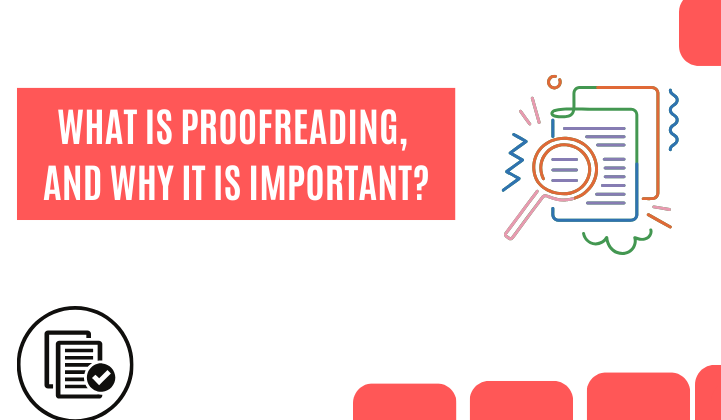10 Outstanding Ideas for Book Covers: That Hits
Everyone evaluates a book according to its cover. Literally!
Before they learn who the author is, a person will be drawn to your book by its cover. One step closer to finding a new reader is having a fantastic book cover. So here we brought outstanding ideas for book covers.
Not only might it catch the eye of a prospective reader. However, you might also utilize it for your author marketing.
As designers, we frequently notice that book covers must adhere to book design’s fundamental principles. It’s about more than just producing a beautiful work of art; missing these steps could help your business’s revenue.
Also Read out – How To Design A Book: Full Guide For Writers
The 10 crucial design components can significantly make or break your finished product.
1. Select the Right Image
Keeping things simple and bold when using imagery is a fundamental lesson to acquire. These kinds of covers typically make the best impact.
Consider how your cover image will appear in giant, physical versions and little thumbnails on an online retail gallery. In light of this, you should refrain from using a character or a scene with excessive detail on your book’s cover. A designer may need help assembling a composite scenario using stock imagery and find it challenging to perceive fine details online.
Additionally, you want to keep everything private. You’ve spent much time creating your work; now, let the reader picture the settings and the characters.
2. Make Use of Color to Convey Emotion
Blue can be calming and peaceful, while red can be energizing and romantic. Colors can also be understood as feelings. When it comes to color, you want to stay within your genre. Yellow might not be the most fabulous color to choose because it might not match the overall emotion you’re trying to produce. Authors sometimes choose the brightest colors because they want the book cover design to stand out.
Utilize complementary colors from the imagery you’re employing to your advantage. That’s a fantastic technique to give your title more hierarchy.
Also Read out – 8 Easy Exercise to Improve Writing Skills that Works
3. Your Book’s Cover Typography
To effectively use typography principles, the text must first be readable. When placing text over an image, remember that other textures and components may compete for attention, especially when considering how the text would appear at a computer or tablet’s thumbnail size.
The text can also be broken up using hierarchy: make keywords larger and fewer essential words smaller. You might experiment with the font, size, and weight to convey that notion.
4. Use Genre While Designing
The genre of your book dramatically influences the approach to design, and this influence extends beyond the image to include the font and how it is woven into the overall design of the cover.
Take Barbara Cottrell’s The Shadows of Miskatonic: Darkness Below as an illustration. We have before and after design samples demonstrating how the font affects book cover design for her work of horror fiction.
5. Identify Your Target Market.
This relates to the genre because both will determine the design style and course your book cover ideas will take. Your designer needs to be aware of the target market. Is it children, Millennials, or Baby Boomers? Are we creating for romance or science fiction readers?
Nevertheless, it would help if you avoided a broad audience. Too many attempts to appeal to various groups can frequently result in a disjointed cover.
6. Use Concepts in Contrast
Put two concepts together that don’t typically coexist in the same area.
The observer becomes intrigued, and tension is created. You wouldn’t expect the words joy and damage to coexist in the same sentence, but that is precisely what this book’s title does.
Also Read out – How to Write A Successful Fiction Step by Step
7. Display A Selected Group of Items That Are Significant to the Story
Showcase various objects that might be significant to the characters or have a bearing on the plot.
This might resemble a collection of your favorite things you’ve assembled and put on display for everyone to see.
8. Choose Unique Perspective
Choose a unique perspective you haven’t seen before so that your book cover will stand out in every manner possible.
The main focus of the book covers is what the reader can see; if they like the scene, they can also enjoy what is inside.
But what if you choose an option that they frequently observe?
It’s occasionally great to see stuff from a perspective you don’t usually receive, just like the title of this book and the bird’s-eye view of the cover. Give your readers that.
9. Describe the Main Idea of the Book
There should always be some connection between your book’s cover and its subject matter. In this approach, looking at the book gives a person a general notion of whether it will interest them.
Also Read Out – Useful Tips for Writing A Book: Step-by-Step Guide
10. Establish A Focus
Giving all the focus to one particular item on your book cover is a terrific method to summarize the book’s subject matter.
A straightforward book cover with an object or image that conveys a message behind it on a solid background is a beautiful method to let readers know what the book is about.
These two book covers’ depictions of hands and two red chairs help you visualize the subject matter of the books and lend some support to it. This lets readers get a general idea of what to expect when they start reading.
Also Read out – Tips For Good Outline writing
Conclusion
The success of your published book depends on its cover design. Potential readers will be drawn to your book by its attractive design and persuaded to take it off the shelf or click on it at an online bookstore.
One crucial element of your book promotion is your book cover.
If you need any help, feel free to contact us at +91 7528874047 or email us at kalpvrikshpublishing@yahoo.com.







